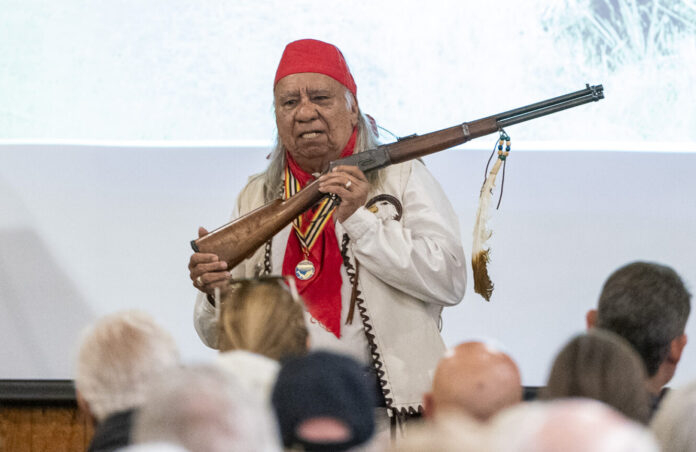The Sedona Heritage Museum hosted Jerry “Geronimo” Martin, a descendant of the famous Apache leader and medicine man Geronimo, to speak for their Living History series on Thursday, Feb. 9.
His lecture, “Geronimo: Liberty or Death, That Was the Question,” was informed by stories passed down to him about his great-great-grandfather.
Martin clarified that Geronimo was not a war chief, but rather a warrior and medicine man.
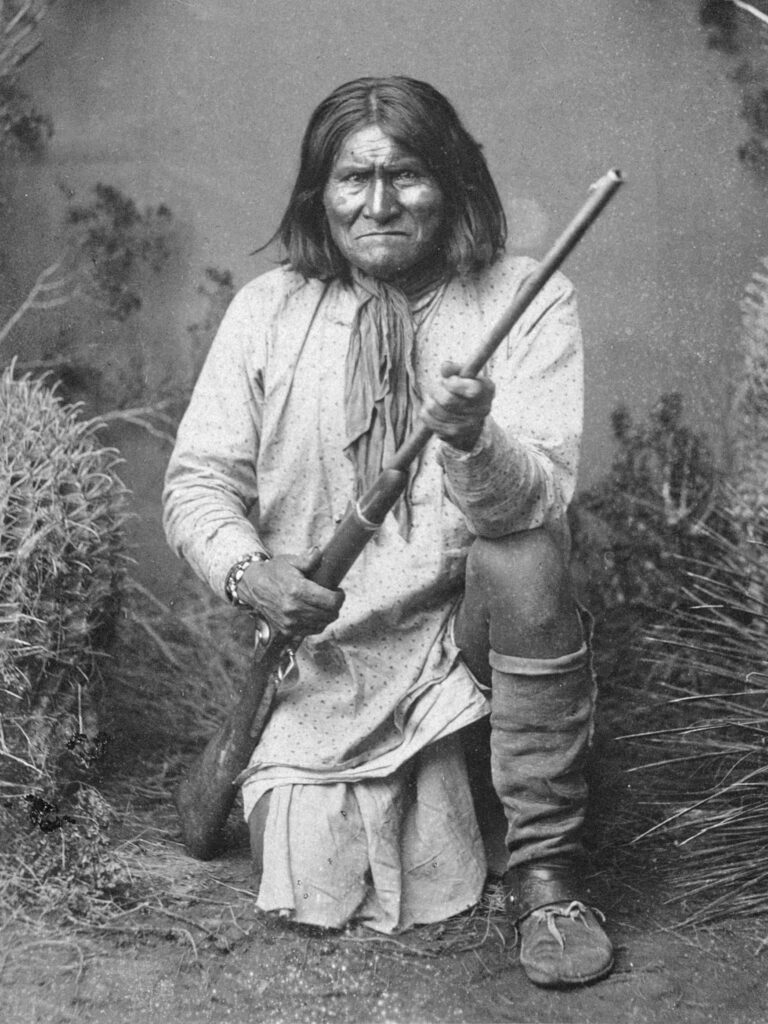
The name “Geronimo” is claimed by some to have originated with Mexican soldiers calling on Saint Jerome. The Apache mimicked the cry and turned it into a victory chant that was eventually adopted by Goyathlay, Geronimo, as his new moniker.
Martin is related to Geronimo on his mother’s side and was raised by his mother and great-grandmother. When he was young, Martin said they told him, “It’s not important what you are, it’s important to become who you are.”
Martin described the vortices in Sedona as the local Mount Sinai, stressing that attendees are in a beautiful place and on sacred ground.
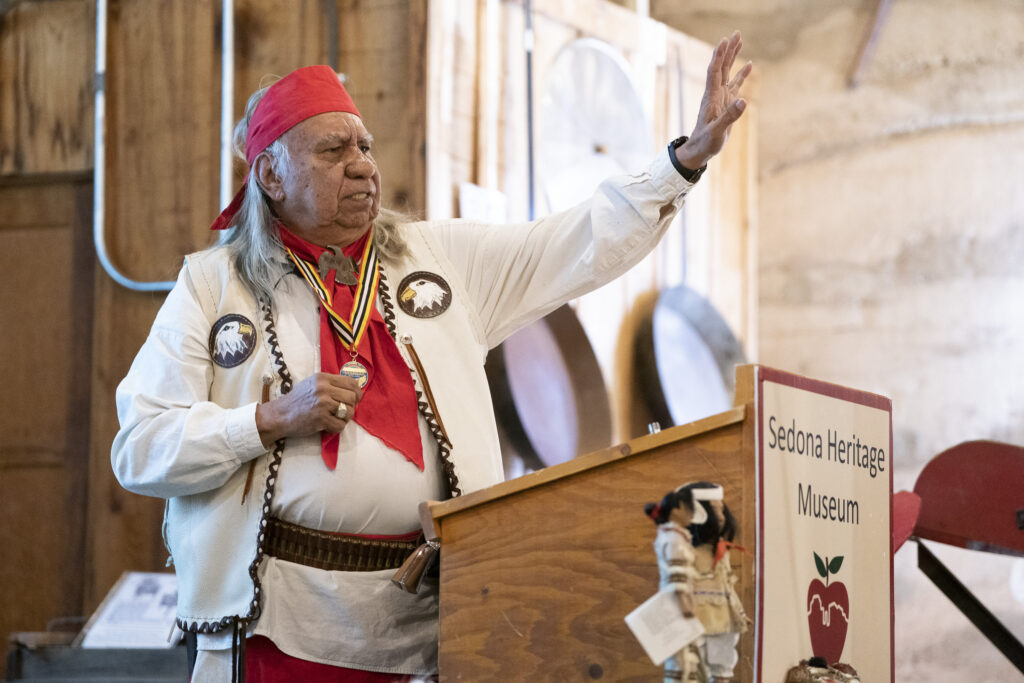
The Apache people fiercely resisted invasions, he said. Although the Americans subsequently claimed they would have killed one another off eventually, they had war rules among tribes. Warriors fought against warriors; no elders or children were to be involved. They were strong warriors with highly developed strategic skills. Martin joked that the West Point military academy stole some of their ideas from the Apache: They had camouflage and practiced surprise attacks long before the Americans did.
When Gen. George Crook arrived in the Arizona territory in 1886, he realized that the Apache utilized very different tactics than those to which he was accustomed, Martin said, adding that Crook is known to have said that one must use an Apache to find an Apache, and began recruiting them as scouts.

Photograph by Camillus “Buck” Sydney Fly.
Geronimo was placed on a reservation three times and quickly recruited allies to revolt on each occasion.
The Apache people also had to acclimate quickly to new American tactics. Martin described the new weapons that Geronimo brandished, stating that his favorite gun was a .50-caliber single-shot rifle. He also sported two Colt revolvers with pearl handles. He also wielded a Bowie knife, which Martin said really “puts the hurt on somebody.”
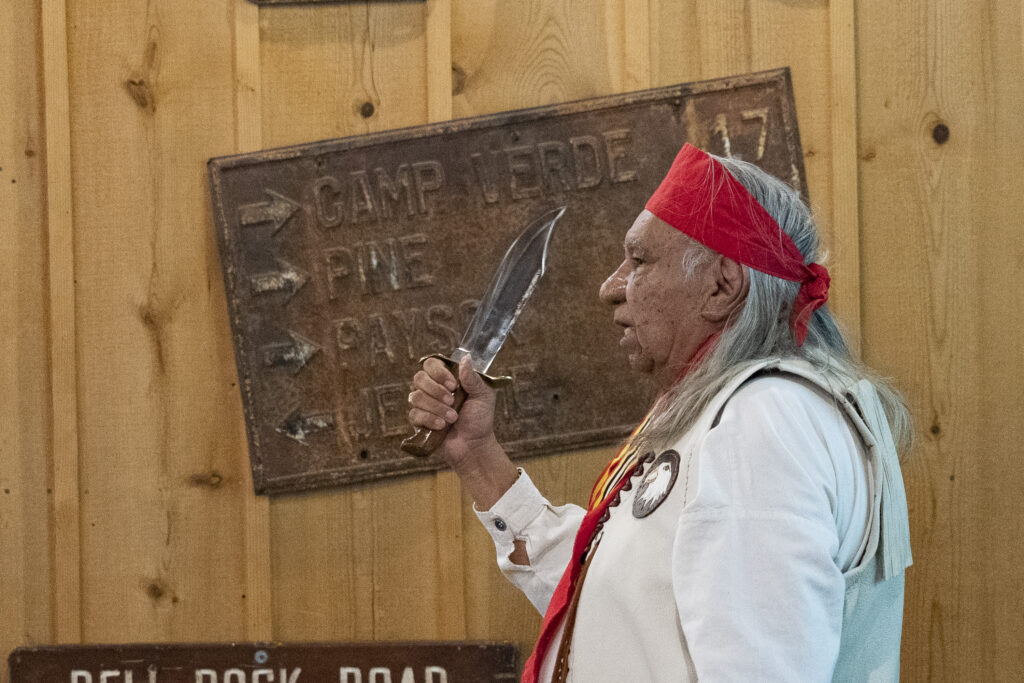
Many settlers accused Geronimo of things he did not do, so, according to Martin, he figured that if he had a bad reputation already, he might as well live up to it.
The influx of gold miners in the 1850s led to conflicts between the Apache and prospectors, with war parties causing havoc throughout Arizona and northern Mexico on occasion.
Martin recalled a story his great-grandmother told him, saying that Geronimo was like a magician and escape artist, although he had his fair share of close calls.
One day, Geronimo was all alone, riding his horse, when he saw flashes of light on both sides of him and recognized them as coming from the heliographs used by soldiers. Realizing he was surrounded, he ran up a plateau and dismounted, then descended the other side of the plateau, where he found a horse corral and let the horses out, causing a stampede that made the air dusty and ruined the visibility. He hid in a ravine and waited for the soldiers to pass, strategically picking a spot that would be difficult to pinpoint as the sun was setting, and the soldiers ran right past him.
Martin remembers being told that Geronimo was like the wind, always disappearing before the soldiers arrived.
Geronimo eventually surrendered on Sept. 4, 1886. Apache women, who Martin said always made the final decisions, said that they were all tired, hungry and their children were being taken from them to be placed in Indian boarding schools, whose motto was “kill the Indian, save the man.”
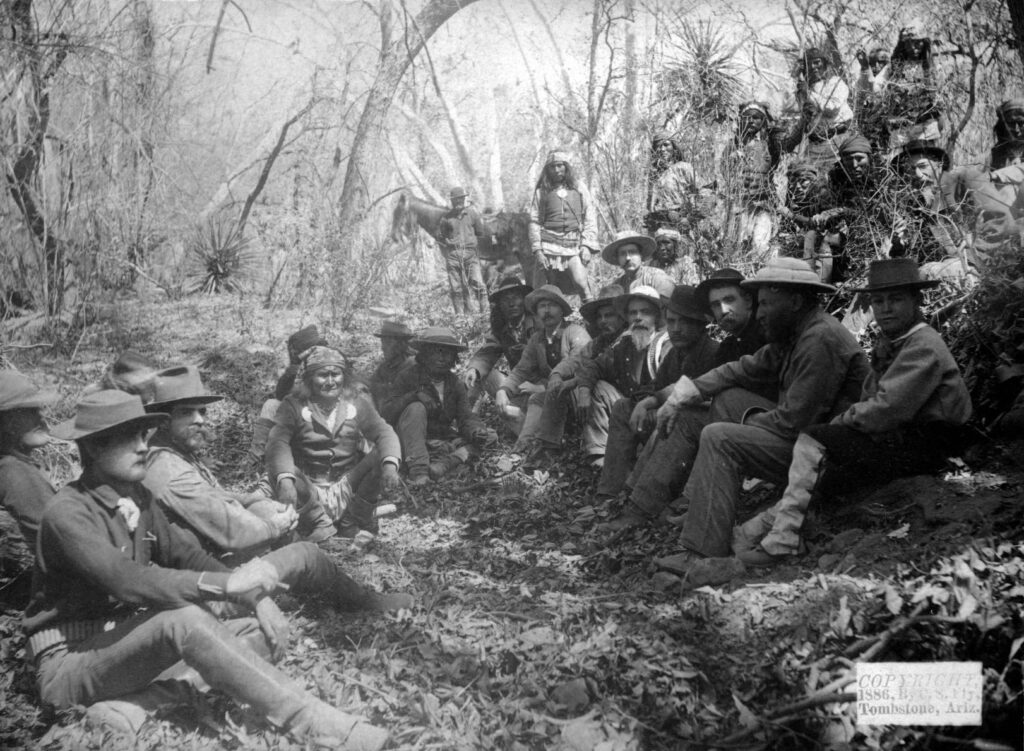
Geronimo was a prisoner of war for 27 years after his surrender and died in 1909.
For more information on the Living History series, visit sedonamuseum.org.


